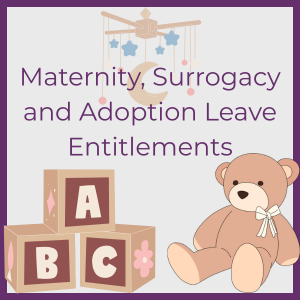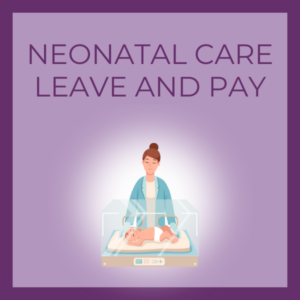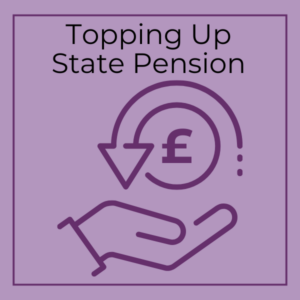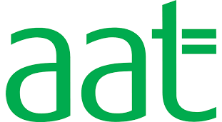For any business with employees, operating a payroll can be a complicated and time consuming process. Throw in the uncertainty of the current situation and things are bound to seem even more complex – particularly if you have had to adjust your operations to protect your cash flow and place staff on furlough. However, in some cases, this might not be a straightforward process and you will be unable to furlough certain employees.
Below we’ve put together some information to help you navigate the government’s Coronavirus Job Retention Scheme, including a variety of employee situations and how this might impact your company. More detailed information about the scheme can be found here.
What is the government’s Coronavirus Job Retention Scheme?

The Coronavirus Job Retention Scheme was put in place to protect the UK economy and help support businesses during the pandemic so they could retain and pay employees, rather than make them redundant. For any company seriously affected by coronavirus it allows them to place their employees on ‘furlough’ (meaning they remain employed but not working). The company is then able to apply for a grant to cover 80% of an employee’s usual monthly wage costs, up to £2500 a month.
Since its launch in April, the government has extended the scheme to run until 31 October 2020. However, there have been some changes to the scheme that companies need to be aware of.
Which employees can be placed on furlough?
Currently, in order to qualify for the grant, furloughed employees have to remain on furlough for a minimum period of three weeks and must have been on a company’s payroll by no later than 19 March 2020. The scheme will close to new entrants from 30 June. However, if you are planning on furloughing a member of staff prior to this date then you must do so no later than 10 June in order for the current three-week minimum period to be completed by 30 June and to ensure you can continue to keep them on furlough beyond this date.
When will furlough end?
Furlough is due to end on 31 October 2020. From 1 July, employers will be able to bring furloughed employees back to work on reduced hours and claim for the normal hours not being worked under the scheme.
When do I need to claim by?
Employers will need to submit any claims for furlough for the period to end of 30 June by no later than 31 July.
What if I made an employee redundant?
The scheme does allow for companies to re-employ staff who were made redundant and place them on furlough instead. This applies whether the employee was made redundant either on or after 28 February or on or after 19 March. In both cases employees would have had to be on your PAYE payroll before those dates. However, bear in mind that the scheme will close to new entrants at the end of June and the last date for furloughing an employee in order to qualify for the grant is 10 June.
Can I put my employee on unpaid leave instead?
Yes. If your employee doesn’t qualify for furlough, but you would like to keep them in your employment, then they can be placed on unpaid leave instead. There’s no limit as to how long you can put an employee on unpaid leave. However, if an employee is off work for four weeks in a row, or six weeks within a 13-week period where no more than six weeks are consecutive, they can apply for redundancy pay and resign. You can find out more information about placing employees on unpaid leave here.
What if I have staff on sick leave?
Employers can furlough employees who are on long-term sick leave, but you won’t be able to claim for the Coronavirus Job Retention Scheme and the SSP rebate scheme for the same employee for the same period of time.
What if my employee is on maternity leave?
If you have employees on maternity leave, adoption leave, paternity leave, shared parental leave or parental bereavement leave then the normal rules for these employees will continue to apply. You can find out more about this here.
Here at AMR we are experts at helping businesses of all sizes with their bookkeeping and payroll requirements. If you have any questions about the contents of this blog or you need professional bookkeeping advice, our friendly team will be happy to assist you. Get in touch and find out how our specialisations can help you and your business.







